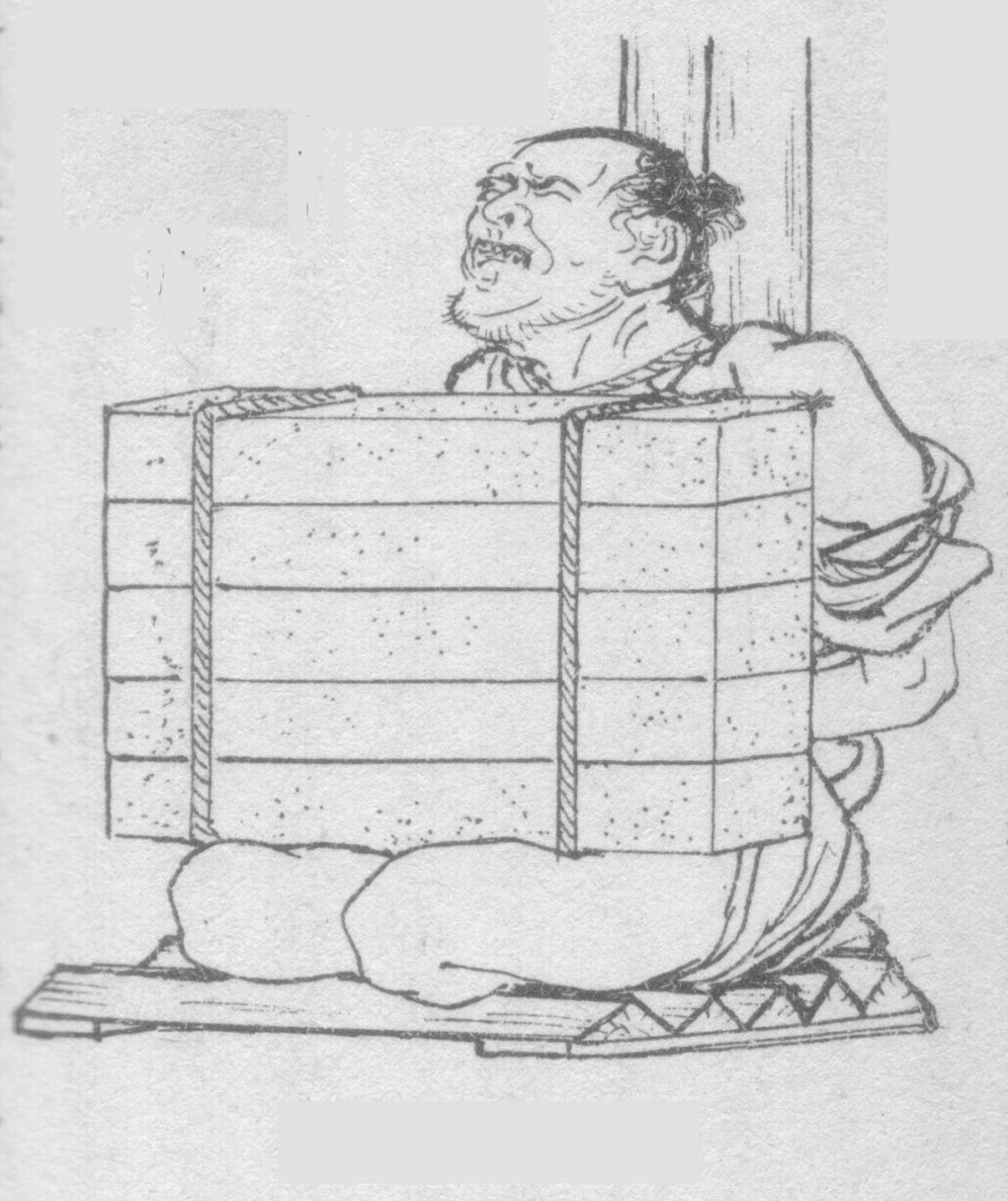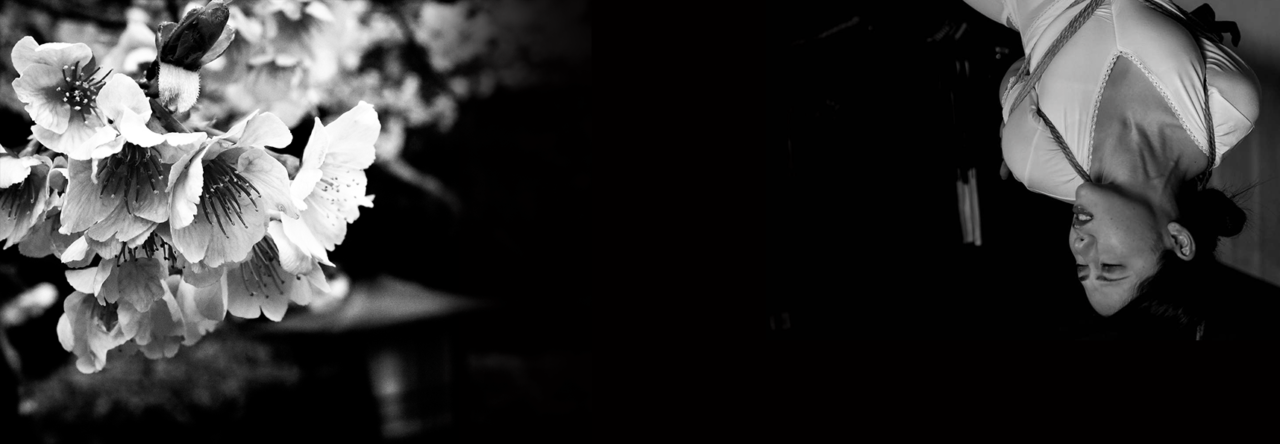Semenawa (責め縄) means “torture rope” and is often translated that way. However, depending on the style of bondage (流, Ryû), there may be different meanings. Physical pain plays a big role, but is not the only element.
In Europe and the USA, Semenawa is often associated with painful patterns and suspensions. The cultural background plays a big role here. The translation “torture rope” reminds of medieval torture practices, so pain is an obvious theme. Especially people with a background in BDSM often emphasize this aspect. However, this falls short. Semenawa is more complex and subtle and far more than just a way to create pain with ropes.

The Japanese word for medieval torture is gômon (拷問), which corresponds to the German term “hochnotpeinliche Befragung.” Thus, medieval torture is something other than pure “seme,” but it inspires many positions and patterns in shibari.
IBasically, there are two levels that need to be distinguished. The technical level, that is, what is done with the rope, and the emotional level, that is, what is generated in the head of Ukete.
Physical and mental aspects of Semenawa
Physically, Semenawa is always demanding. It is more restrictive, tighter, and uses more rope. The posture is often created and fixed by the rope, leaving little room for movement. The rope enforces a posture, even if it is strenuous or uncomfortable. Another important aspect is feeling the pressure, compression and tightness in the pattern.
Mentally, Semenawa creates a feeling of helplessness and hopelessness. Ukete feels that something is happening to him / her, which is largely beyond their own control. Bakushi shapes and guides, following his/her own plan, the rope is the tool used to realize this image, pattern, pose or idea.
Ukete feels how hopeless the situation is and must endure the situation. Enduring is central here and does not only refer to pain. The situation as a whole must simply be endured, no matter how exposed, helpless or at the mercy of Ukete.
Suffering as a motive
So it is about suffering as a central element. Ukete is to endure something, and not only on one level, but holistically. To purposefully emphasize physical suffering in order to later rather expose and thus emphasize mental suffering can create a special charm, if Ukete is willing to follow it.
If there is a strong preference for physical suffering, it makes sense to focus on this aspect. If ukete is more sensitive to mental suffering or ambivalent feelings, this aspect should be emphasized. In any case, both are seme, regardless of whether ground techniques or suspensions are involved or which pattern is chosen.



